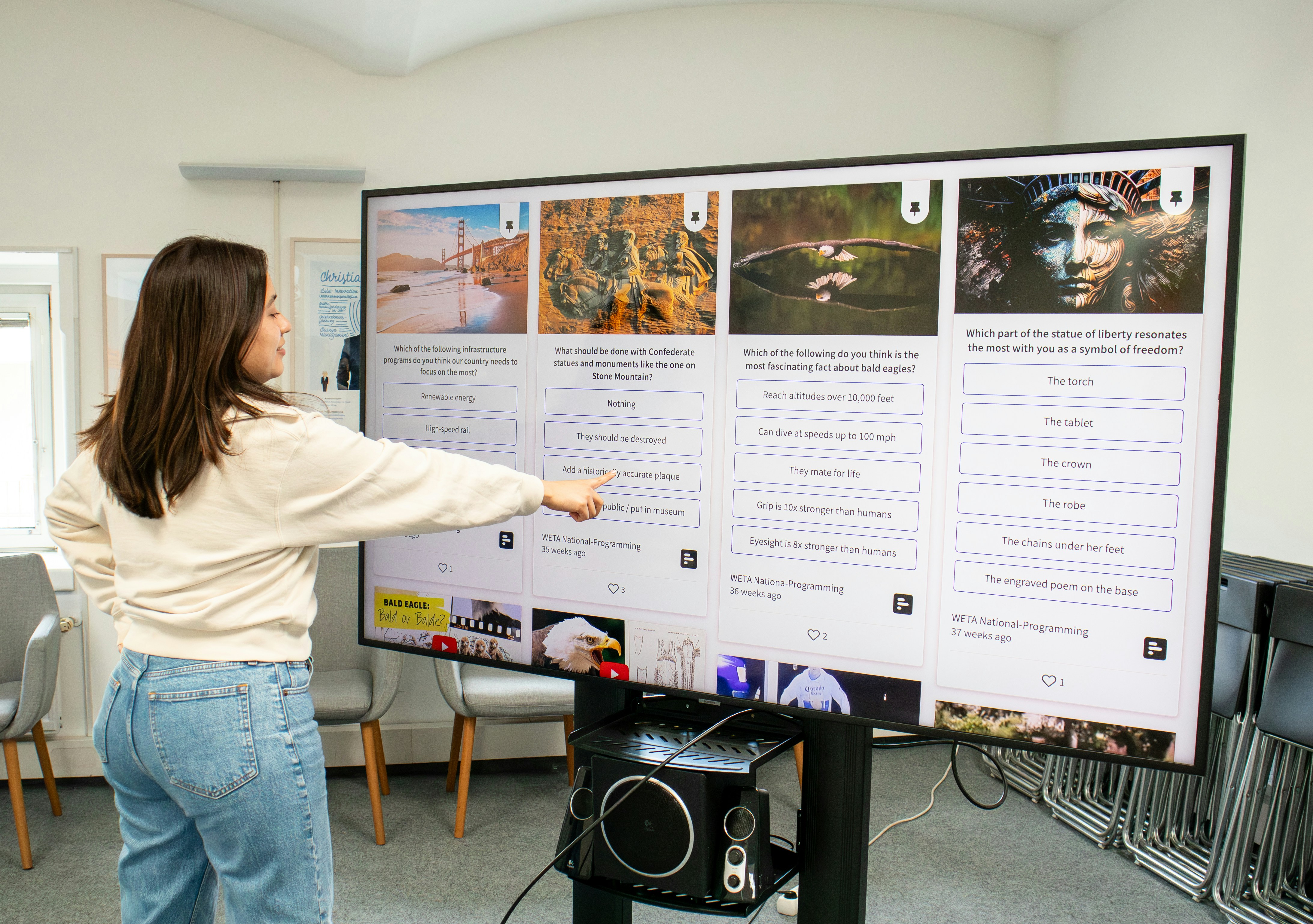At Europa Media we have acquired a methodology for project management that is fully tailored to projects funded under the EU Framework Programmes for Research and Innovation, and is fully based on our own experience. Working in this industry however exposed me to several existing project management methodologies, so I decided to finally sit down and learn about many of these and see whether 1. they could be easily applied to project management under Horizon 2020 and 2. this application would actually improve our processes.
Here are the first results of my investigation; if you would like to see similar results for other methodologies, write to us at
1. Project Management Methodology PM2

Where you can learn more about it
http://www.fos-unm.si/media/pdf/e-knjige/project_management_methodology_guide.pdf
Who uses it, to which purposes
The PM2 was developed by the European Commission, and is the result of the integration of “globally accepted project management best practices” together with the Commission’s experience in several projects. It is officially meant as a “common PM methodology open to all EU Institutions, Member States, Contractors, and EU Citizens”.
Concepts that can be transferred to Horizon 2020
1. Results
The differentiation of Project Results into three categories is very interesting from an H2020 perspective. Under the PM2 methodology, “Project Outputs” are defined as “deliverables”: products or services which introduce something new. These will result in an “Outcome”, which on its turn will result in “Benefits”.
In a H2020 terminology, we typically differentiate only between:
- Deliverables – “Additional outputs (e.g. information, special report, a technical diagram brochure, list, a software milestone or other building block of the action) that must be produced at a given moment during the action (normally not at the same time as the periodic/final reports)” (Art. 19 of the H2020 AMGA).
- Impacts – There is no official definition of Expected Impacts for H2020 proposals, but in our experience we understand these to be the changes, effects and influences that our project has not only on its direct target groups and fields of activity, but beyond these as well, and only after the end of EU funding.

Adding a mid-stage category of result (“Outcome”) might be useful for H2020 proposal writers to better think of the impacts their tangible outputs are going to have in the longer term, as well as to use more convincing arguments for evaluators.
2. Project Stakeholders
Project stakeholders are defined in the PM2 as “those people or groups who can affect or can be affected by the activities carried out during a project’s lifecycle and/or by the project’s output(s) and outcome(s)”. It is interesting to adopt the PM2 mentality (if you didn’t already have it) to distinguish between those stakeholders who can support the project, and those who instead can block it. This approach will allow you to carefully design especially your consortium (e.g. you may want to consider involving public authorities that could hinder a wider application of your new knowledge/product/service, and allow them to be fully part of the design and development activities, in a truly co-creation approach), expected impacts, barriers, work plan and risks.
3. User Representatives
Another interesting and relevant approach is that of involving “User Representatives”, who “represent the interests of the project’s end-users”. A recurring evaluation comment is indeed that participation of end-users is limited to minor roles and very few work packages. As the PM2 guide puts it, “involving User Representatives (URs) throughout the project’s duration is important: it ensures that they know what’s happening within the project, have a sense of ownership and motivation, and validate requirements in regular intervals, which ensures that the deliverables are fit for business purpose”.
4. Monitoring and Control
PM2 recommends the implementation of Monitor and Control activities throughout the project’s duration, and distinguishes them as:
- Monitoring – “measuring ongoing project activities (where are we in relation to the plan?) and monitoring project variables (cost, time, effort) against project plans”.
- Controlling – “identifying corrective actions to address deviations from plans, and to properly address issues and risks”.
This type of activities, and especially their distinction, is not always included in H2020 proposals, but can help project management and especially the arrangement of related procedures and responsibilities.
Pros and Cons
Pros:
- PM2 suggests several ideas that can be helpful in setting up new procedures and roles within an organisation that has just started to get involved in H2020 funding and would need to formalise an internal process of prioritising strategic funding opportunities and to establish a proper internal structure for the full life cycle of EU projects, from proposal development throughout project management and reporting, up to project closure and preparation for potential audits.
Cons:
- For the moment, only EU staff can obtain the PM2 Certification;
- Many of the concepts explained in the Guide are not directly applicable to research and innovation projects and especially to academia. It is therefore hard to “translate” them into H2020 terms, and they do not always offer valuable perspectives for Horizon 2020.
Conclusion
Overall, apart from the interesting perspectives described above, we do not recommend examining in depth this methodology to apply it to the management of H2020 projects, as it offers very little contribution in terms of definitions of key concepts and understanding of key processes involved in Horizon 2020.



